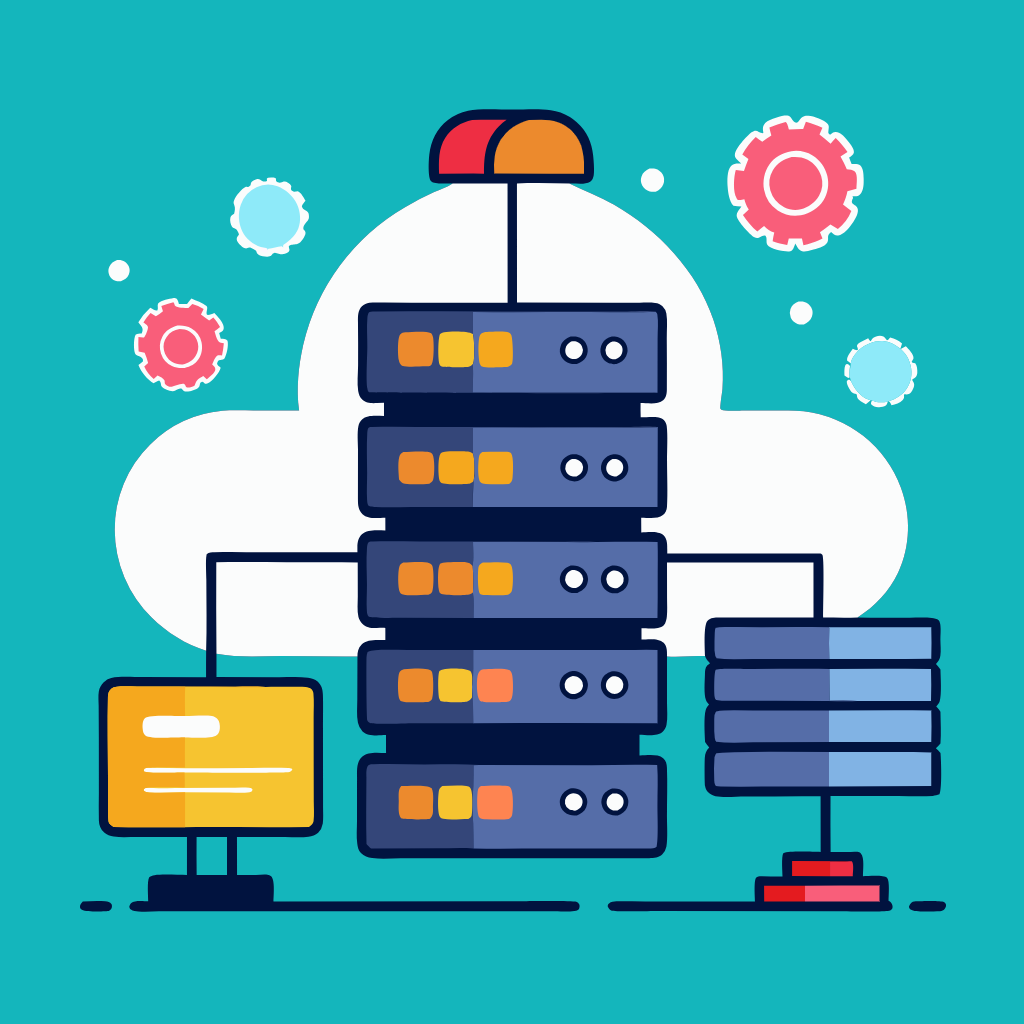Ever had that feeling that something just isn’t right? Maybe your car makes a weird noise, or your fridge starts humming louder than usual. In a power plant, those “weird noises” can mean big trouble. That’s where anomaly detection swoops in to save the day (and keep your electricity flowing!).
What’s Anomaly Detection, Anyway?
Imagine you’re a detective, but instead of solving crimes, you’re solving power plant mysteries. Anomaly detection is your trusty magnifying glass. It’s all about finding things that are out of the ordinary – patterns, readings, or behaviors that don’t match up with what’s expected.
Why does this matter for power plants? Well, these complex systems generate and distribute massive amounts of electricity. Even tiny glitches can lead to outages, equipment damage, and safety hazards. Anomaly detection acts like an early warning system, helping us catch problems before they escalate.
How to Recognize Anomalies
Recognizing anomalies in the electrical power industry involves several key steps:
- Data Collection: This is the foundation of anomaly detection. Power plants use various sensors to collect data on:
- Voltage and current readings
- Power factor values
- Frequency data
- Temperature measurements
- Vibration patterns
- Equipment performance metrics
- Establish Baselines: Before you can spot anomalies, you need to know what “normal” looks like. This involves:
- Analyzing historical data to understand typical ranges for each metric
- Identifying regular patterns and cycles in the data
- Considering seasonal variations and other external factors that might affect readings
- Apply Detection Techniques: There are several methods to spot anomalies:
- Statistical Methods: Use techniques like moving averages, standard deviation analysis, or control charts to identify values that fall outside expected ranges.
- Machine Learning Algorithms: Employ clustering algorithms, decision trees, or neural networks to learn normal patterns and flag deviations.
- Rule-Based Systems: Develop specific rules based on domain expertise to catch known types of anomalies.
- Context is Key: Not all deviations are true anomalies. Consider:
- The severity of the deviation
- How long the abnormal condition persists
- Whether multiple related metrics are showing unusual patterns
- External factors like weather events or scheduled maintenance
- Visualization: Sometimes, anomalies are easier to spot visually. Use:
- Time series plots
- Heat maps
- Scatter plots
- Dashboard displays for real-time monitoring
Tools of the Trade
To implement effective anomaly detection, you’ll need a robust toolkit:
- SCADA Systems: Supervisory Control and Data Acquisition (SCADA) systems are the backbone of power plant monitoring. They collect and manage real-time data from throughout the plant.
- Time Series Databases: Specialized databases like InfluxDB or TimescaleDB are designed to handle the massive volume of time-stamped data produced by power plants.
- Telemetry and Sensor Networks: Advanced sensors and IoT devices provide the raw data needed for anomaly detection.
- Data Analysis Platforms: Tools like Python (with libraries such as Pandas, Scikit-learn, and PyOD) or R (with packages like AnomalyDetection) offer powerful data analysis and anomaly detection capabilities.
- Machine Learning Platforms: For more advanced implementations, consider cloud-based services like Google Cloud AI Platform, AWS SageMaker, or Microsoft Azure Machine Learning.
- Visualization Tools: Platforms like Grafana, Tableau, or Power BI can help create intuitive dashboards for monitoring and anomaly visualization.
- Alerting Systems: Integrate with notification systems to ensure the right people are informed when anomalies are detected.
The Importance of Anomaly Detection
Implementing robust anomaly detection in electrical power plants offers numerous benefits:
- Improved Reliability: By catching potential issues early, we can prevent outages and ensure a stable power supply.
- Cost Savings: Predictive maintenance based on anomaly detection can reduce equipment failures and extend the life of expensive assets.
- Safety Enhancements: Early detection of abnormal conditions can prevent dangerous situations, protecting both workers and the public.
- Efficiency Optimization: Identifying subtle inefficiencies can lead to optimizations in power generation and distribution.
- Grid Stability: Anomaly detection helps maintain the delicate balance required in power transmission networks.
- Cybersecurity: Unusual patterns in network traffic or system access can indicate potential security threats.
- Regulatory Compliance: Better monitoring and anomaly detection can help power plants meet stringent regulatory requirements.
- Environmental Protection: Early detection of issues can prevent equipment malfunctions that might lead to environmental hazards.
Conclusion
Anomaly detection is more than just a fancy tech term – it’s a critical tool for keeping our power infrastructure running smoothly and safely. By leveraging advanced sensors, powerful data analysis techniques, and machine learning, we can spot potential problems before they become critical failures.
As our power grids become increasingly complex and face new challenges like integrating renewable sources and defending against cyber threats, the importance of anomaly detection will only grow. It’s not just about keeping the lights on – it’s about building a more resilient, efficient, and sustainable energy future.
So the next time you flip a switch and the lights come on without a hitch, remember – there might be some pretty clever anomaly detection working behind the scenes to make that happen!
Discover more from Susiloharjo
Subscribe to get the latest posts sent to your email.





